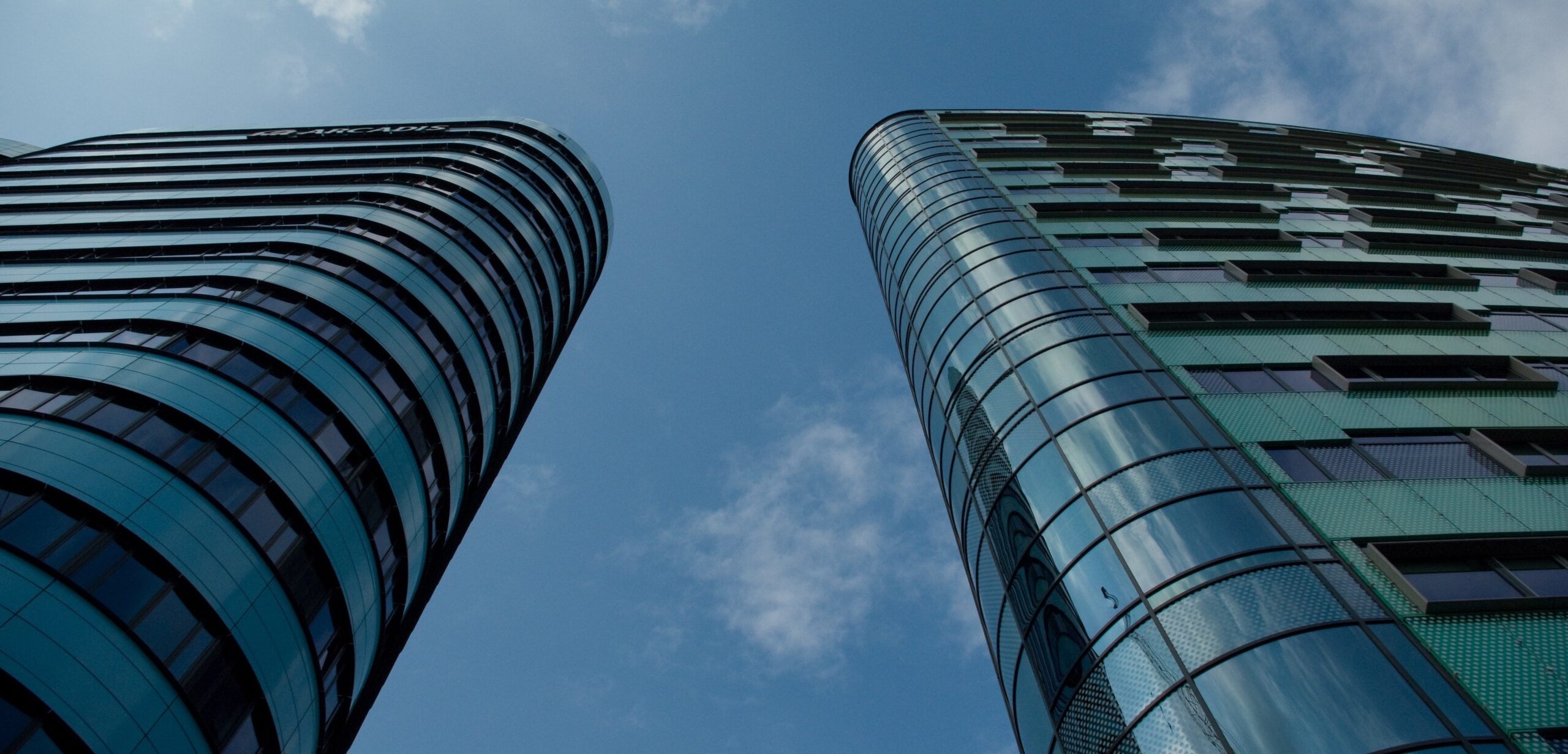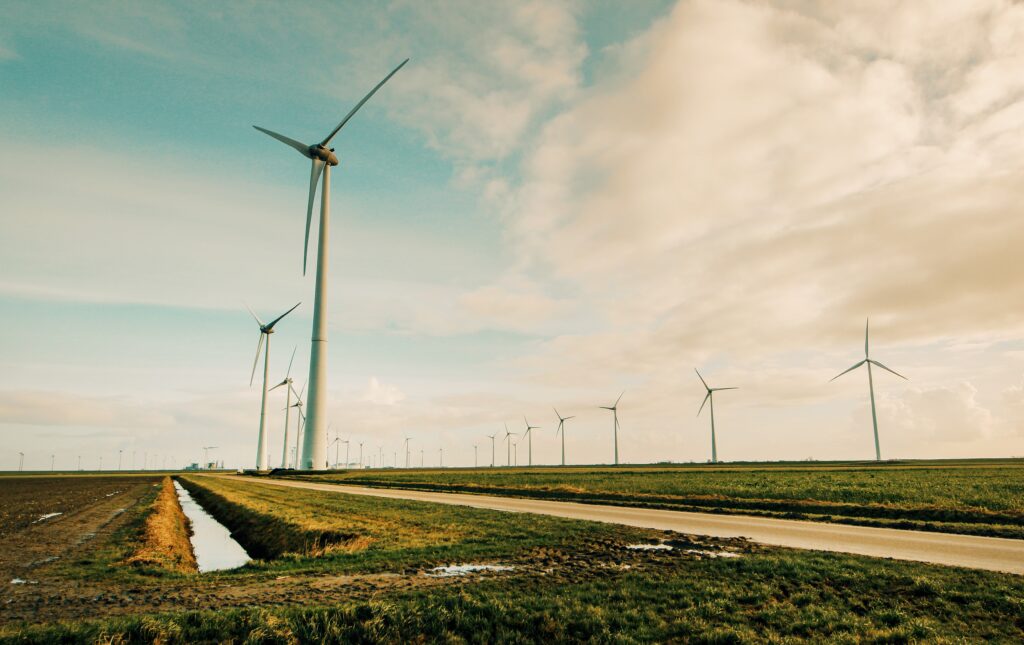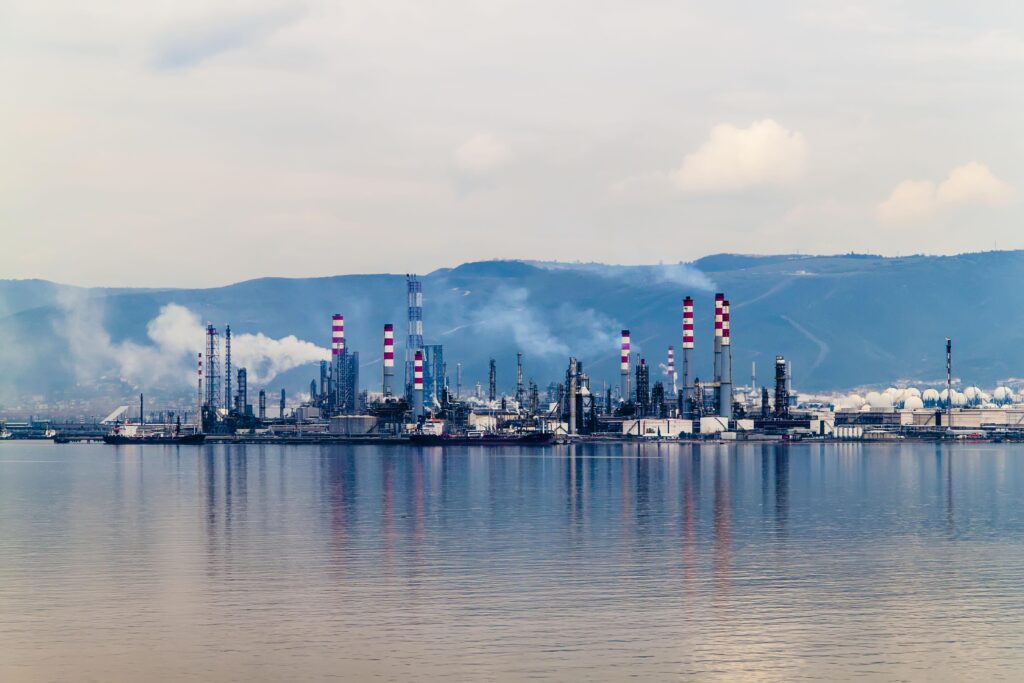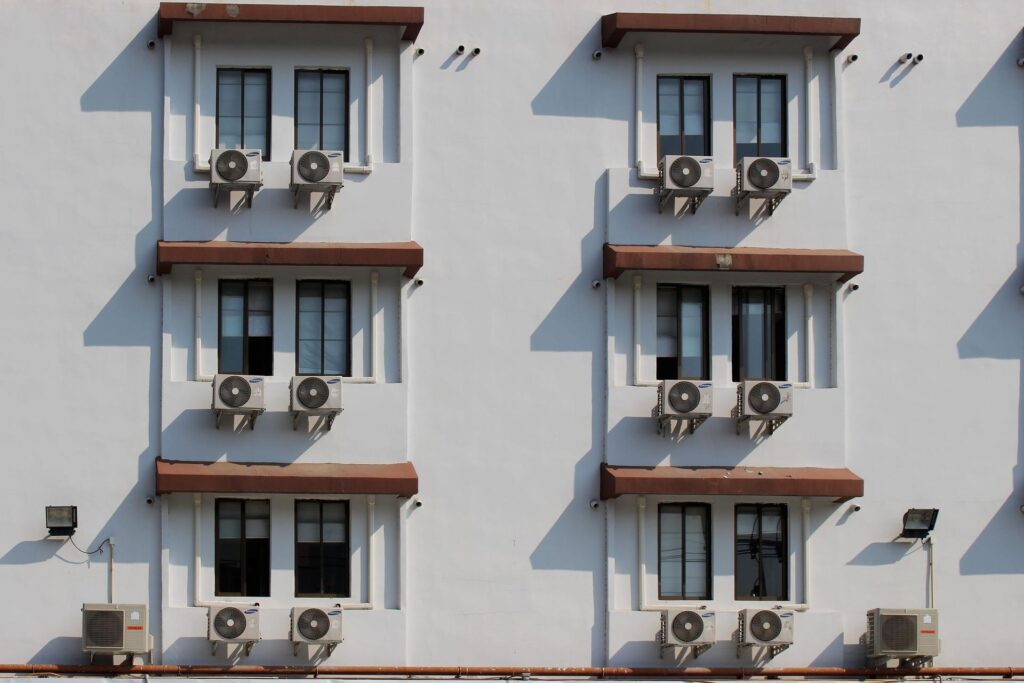As part of Egypt’s Vision 2030, which seeks to transition into a green economy, Forbes announced its plans to build its first sustainable commercial tower internationally, in the North-African country’s New Administrative Capital. A joint partnership between Forbes, and Egyptian real estate company, Magnom Properties, the tower is set to challenge modern construction in its pursuit of a zero-carbon plan.
Plans for its creation were announced last month, during the Annual Meeting of the World Economic Forum (WEF), which took place in Davos, Switzerland, for it’s 53rd edition.
What does sustainable construction mean?
Armed with solar panel rooftops, the commercial building will be constructed in a way to absorb power from natural resources from its surroundings. The design itself will promote better air circulation to its tenants, as well as incorporate nature within its structure.
The current construction format accounts for 39 % of carbon emissions – emanating from the energy used to heat and cool the structure coupled with that arising from construction and materials, as per a 2019 report released by The World Green Building Council (World GBC).
“‘Forbes International Tower’ … will utilize several advanced technologies in partnership with leading global partners to drive energy efficiency and reduce emissions,” Gordon Gill, co-founder of the architectural firm heading the project, Adrian Smith + Gordon Gill Architecture said in the press release.
In a January report released by HSBC, a survey consisting of 300 companies, found that over 84% have already set in place a net-zero energy reporting plan. When surveying the general attitude of businesses towards a net-zero energy sector, most participants within the study found that transitioning to such a scheme would promote growth, with 31% having already funneled a percentage of their capex towards decarbonization.
Challenges and benefits of sustainable building
One of the common challenges in sustainable construction is the higher capital cost, which comes mainly as a result of the techniques used in design and the construction time, according to an article published in May 2020, on the Network for Business Sustainability. However, the long-terms benefits outweigh the cons that come with sustainable building, not just for the planet, but for the tenants and the developers. Green buildings have been found to have lower maintenance cost, and higher rent as per a report released by US Green Building Council. For tenants, sustainable housing and working spaces mean cleaner air, and less toxin-exposure.
The emission of greenhouse gasses is what contributes, to a large extent, to global warming. With the increase of sustainable construction, the threat to climate change inevitably diminishes as green building is estimated to reduce the emission of gas by about 35 %, according to the United Nations Economic Commission for Europe (ENECE).
The move towards a global green economy has already been well underway with a number of countries opting for the sustainable construction of both residential and commercial structures. One of the recent examples of such structures is Sharjah’s House of Wisdom, which has won several architectural awards and was built with sustainability at the heart of its design.
Another example is the Bahrain World Trade Center, which funnels about 15% of its energy through turbines, and has built reflective pools to aid in cooling the towers.









